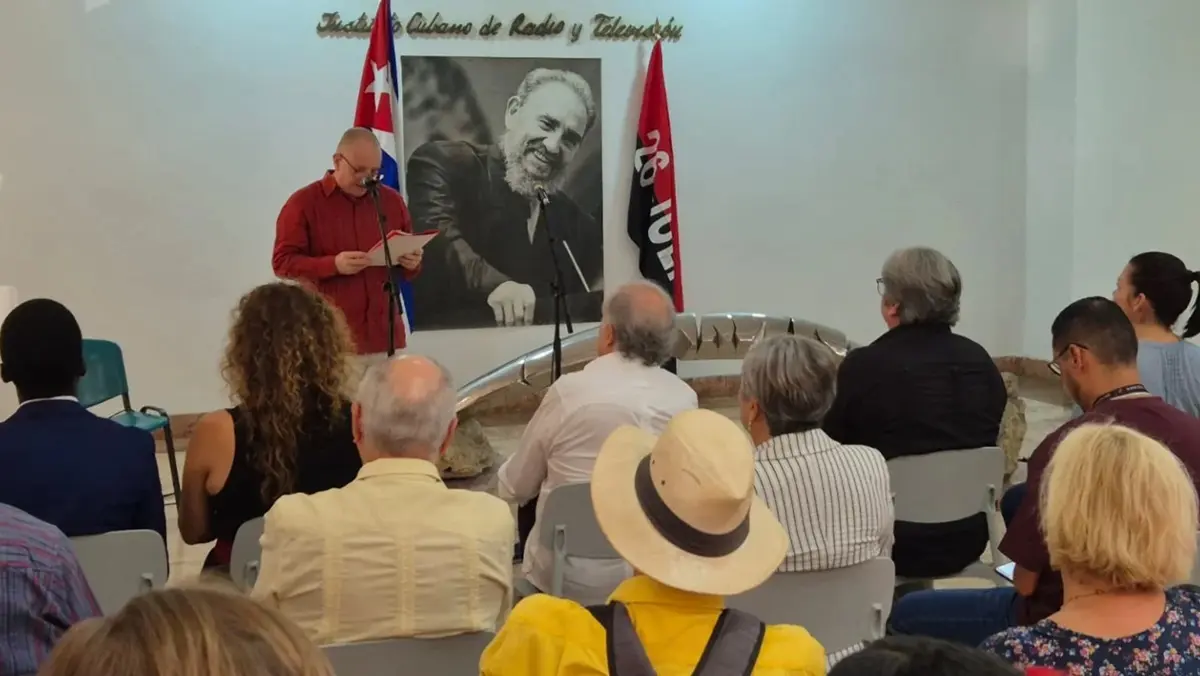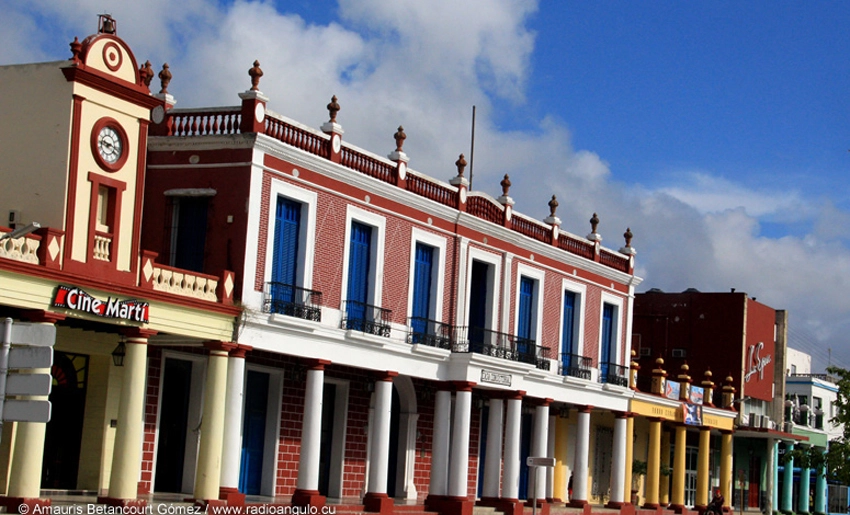National Botanical Garden of Havana: A Natural Treasure for Science and Conservation

Photo: Web
May 28, 2025 Hour: 2:04 pm
Just 25 kilometers south of Havana, the National Botanical Garden (JBN) stands as Cuba’s largest and most important botanical reserve, blending scientific research, conservation, and ecotourism in a stunning natural environment.
Founded at the request of Fidel Castro and led by German botanist Dr. Johannes Bisse, the project took nearly two decades to develop, officially opening to the public on March 24, 1984. Today, its 550 hectares host over 3,000 plant species, including Cuba’s largest tree collection and flora from various tropical regions worldwide.
The JBN meticulously recreates Cuba’s diverse ecosystems, from pine forests and coastal mangroves to humid jungles and dry woodlands, reflecting the country’s rich plant geography. Visitors can explore the renowned Cuabal vegetation, a landscape praised by international horticulturists.
One of the garden’s most iconic attractions is the Palmetum, boasting one of the world’s most extensive palm collections, featuring native and exotic species from across the globe.
Recent renovations have enhanced visitor experiences, including a repaved road system, a new food plaza, upgraded Japanese Garden bridges, and artificial ponds. A new Colors Garden spanning 1,000 square meters will soon open, adding to the garden’s scientific and recreational appeal.
The JBN is also introducing adventure tourism, featuring Havana’s first canopy zipline, a mountain biking trail, a ropes course, and a mogote climbing route. These attractions align with global ecotourism trends, providing unique perspectives on the forest canopy and native landscapes.
The garden serves as a vital conservation site for migratory and endemic birds, with 120 species recorded—including eight Cuban and 12 Caribbean endemics. At least 34 species nest within the reserve, some of which are listed in Cuba’s Red Book of Threatened Vertebrates.
With its fusion of research, biodiversity conservation, and recreational attractions, the JBN continues to be a pillar of Cuban environmental education, offering a space for exploration, learning, and family-friendly engagement with nature.
Author: OSG






